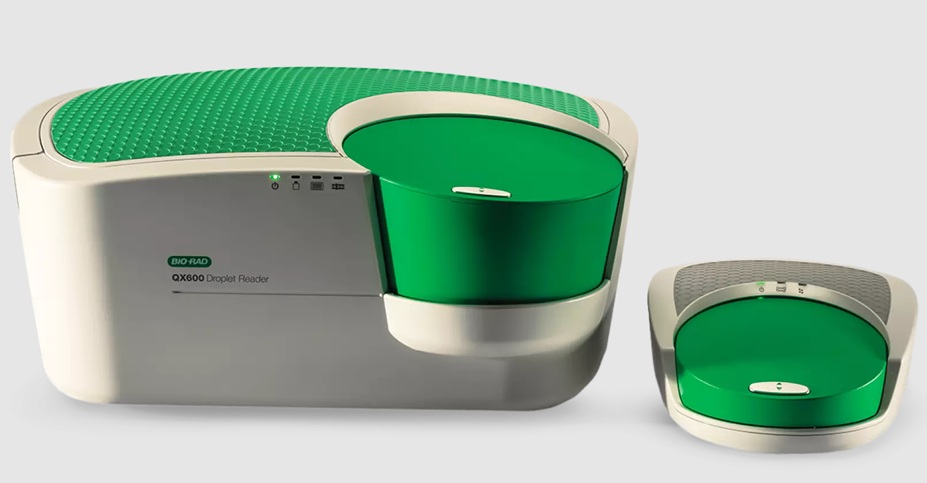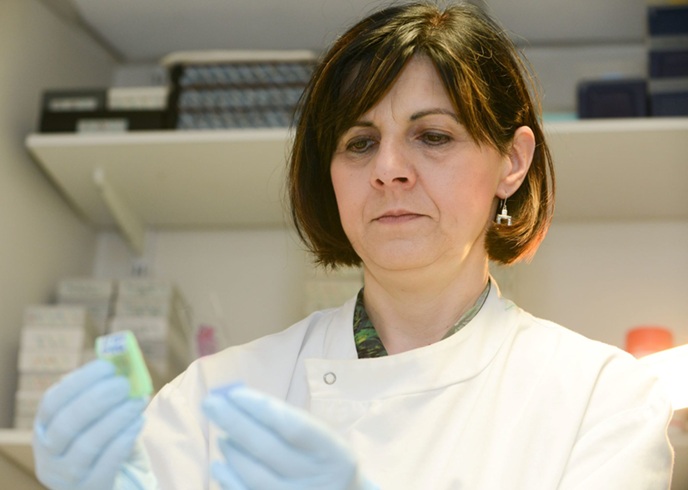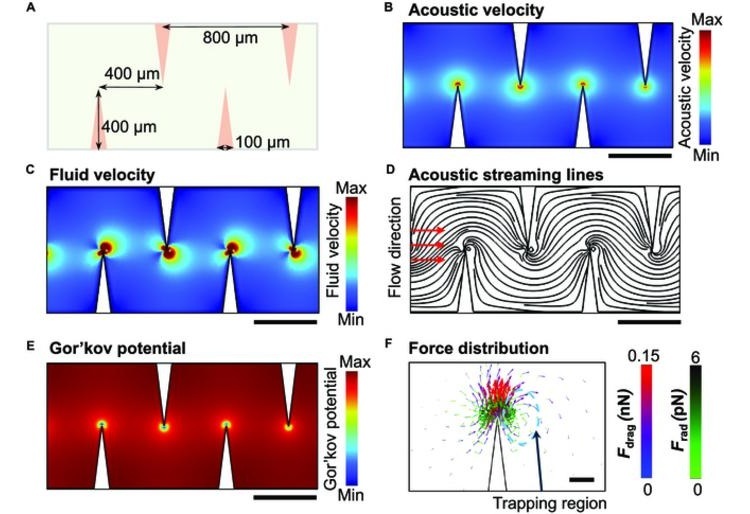Protein Panel Developed for Early Detection of Lung Cancer
|
By LabMedica International staff writers Posted on 18 Sep 2019 |
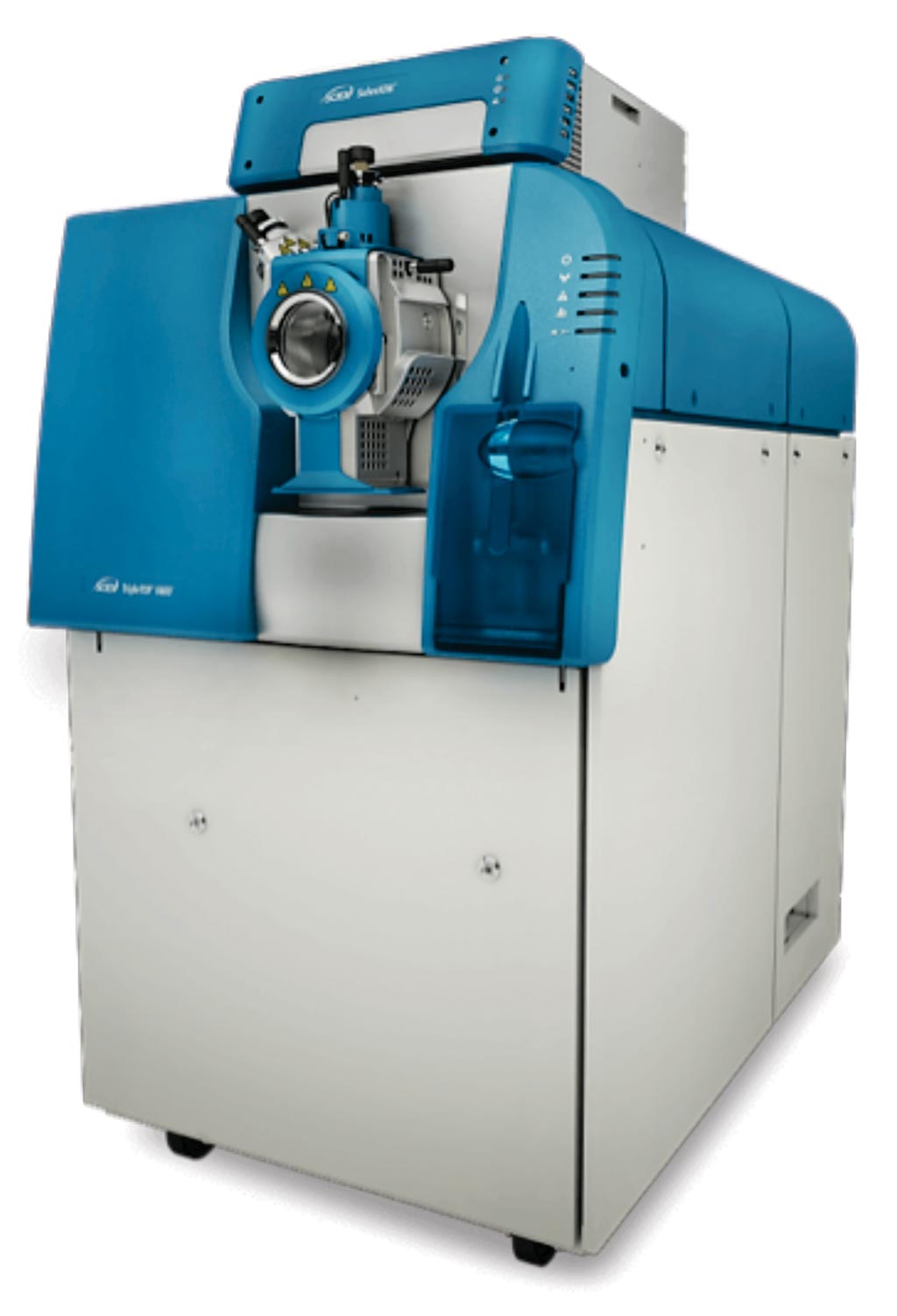
Image: The TripleTOF 6600 Quadrupole Time-Of-Flight (QTOF) mass analyzer (Photo courtesy of Sciex).
Lung cancer is the most common cause of cancer-related mortality worldwide, characterized by late clinical presentation as 49%–53% of patients are diagnosed at stage IV, and consequently have poor outcomes.
Screening with low-dose computed tomography (LDCT) has proven effective at reducing lung cancer mortality in high-risk populations, but there is still considerable uncertainty and debate about how to best define these populations. Currently, this is primarily done based on age and smoking history, but protein and other biomarkers could play a role as well.
Scientists at the University of Manchester (Manchester, UK) analyzed 50 serum samples from the United Kingdom Collaborative Trial of Ovarian Cancer Screening (UKCTOCS) biobank, 25 from healthy controls and 25 from patients who were diagnosed with lung cancer within 50 months of the blood draw. The team used blood collected during surgical resection of lung tumors in an iTRAQ isobaric tagging experiment to identify proteins effluxing from tumors into pulmonary veins.
The team used sequential window acquisition of all theoretical fragment ion spectra (SWATH) on a Sciex TripleTOF 6600 mass spectrometer to analyze the serum samples. The samples were run using a two-hour liquid chromatograph (LC) gradient, and they identified 65 proteins that were differentially expressed between the two groups. Using hierarchical clustering and principal component analysis, they identified a panel of 11 proteins that distinguished between cases and controls one year prior to diagnosis with sensitivity of 88% and specificity of 89%. A 12-protein panel that included a marker identified by earlier research was able to distinguish between cases and controls at three years to diagnosis with sensitivity of 79% and specificity of 78%.
Anthony D. Whetton, PhD, a Professor and lead author of the study, said, “I think the ideal is that we have a blood-borne biomarker test for risk and stratification, so that one can look at the results of this test and determine whether further follow-up is required. I think that's the space that is awfully important with respect to lung cancer.” The study was published on August 13, 2019, in the Journal of Proteome Research.
Related Links:
University of Manchester
Screening with low-dose computed tomography (LDCT) has proven effective at reducing lung cancer mortality in high-risk populations, but there is still considerable uncertainty and debate about how to best define these populations. Currently, this is primarily done based on age and smoking history, but protein and other biomarkers could play a role as well.
Scientists at the University of Manchester (Manchester, UK) analyzed 50 serum samples from the United Kingdom Collaborative Trial of Ovarian Cancer Screening (UKCTOCS) biobank, 25 from healthy controls and 25 from patients who were diagnosed with lung cancer within 50 months of the blood draw. The team used blood collected during surgical resection of lung tumors in an iTRAQ isobaric tagging experiment to identify proteins effluxing from tumors into pulmonary veins.
The team used sequential window acquisition of all theoretical fragment ion spectra (SWATH) on a Sciex TripleTOF 6600 mass spectrometer to analyze the serum samples. The samples were run using a two-hour liquid chromatograph (LC) gradient, and they identified 65 proteins that were differentially expressed between the two groups. Using hierarchical clustering and principal component analysis, they identified a panel of 11 proteins that distinguished between cases and controls one year prior to diagnosis with sensitivity of 88% and specificity of 89%. A 12-protein panel that included a marker identified by earlier research was able to distinguish between cases and controls at three years to diagnosis with sensitivity of 79% and specificity of 78%.
Anthony D. Whetton, PhD, a Professor and lead author of the study, said, “I think the ideal is that we have a blood-borne biomarker test for risk and stratification, so that one can look at the results of this test and determine whether further follow-up is required. I think that's the space that is awfully important with respect to lung cancer.” The study was published on August 13, 2019, in the Journal of Proteome Research.
Related Links:
University of Manchester
Latest Pathology News
- New Molecular Analysis Tool to Improve Disease Diagnosis
- Tears Offer Noninvasive Alternative for Diagnosing Neurodegenerative Diseases
- AI-Powered Method Combines Blood Data to Accurately Measure Biological Age
- AI Tool Detects Cancer in Blood Samples In 10 Minutes
- AI Pathology Analysis System Delivers Comprehensive Cancer Diagnosis
- AI Improves Cervical Cancer Screening in Low-Resource Settings
- New Multi-Omics Tool Illuminates Cancer Progression
- New Technique Detects Genetic Mutations in Brain Tumors During Surgery within 25 Minutes
- New Imaging Tech to Improve Diagnosis and Treatment of Skin Cancers
- Serially Testing Brain Tumor Samples Reveals Treatment Response in Glioblastoma Patients
- High-Accuracy Tumor Detection Method Offers Real-Time Surgical Guidance
- AI Tool Detects Hidden Warning Signs of Disease Inside Single Cells
- Automated Tool Detects Early Warning Signs of Breast Cancer
- New Software Tool Improves Analysis of Complex Spatial Data from Tissues
- AI Tool Helps Surgeons Distinguish Aggressive Glioblastoma from Other Brain Cancers in Real-Time
- New Tool Could Revolutionize Acute Leukemia Diagnosis
Channels
Clinical Chemistry
view channel
VOCs Show Promise for Early Multi-Cancer Detection
Early cancer detection is critical to improving survival rates, but most current screening methods focus on individual cancer types and often involve invasive procedures. This makes it difficult to identify... Read more
Portable Raman Spectroscopy Offers Cost-Effective Kidney Disease Diagnosis at POC
Kidney disease is typically diagnosed through blood or urine tests, often when patients present with symptoms such as blood in urine, shortness of breath, or weight loss. While these tests are common,... Read moreMolecular Diagnostics
view channel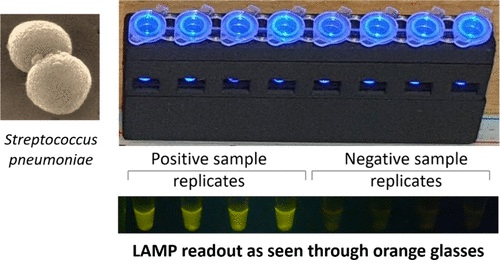
New Diagnostic Method Detects Pneumonia at POC in Low-Resource Settings
Pneumonia continues to be one of the leading causes of death in low- and middle-income countries, where limited access to advanced laboratory infrastructure hampers early and accurate diagnosis.... Read more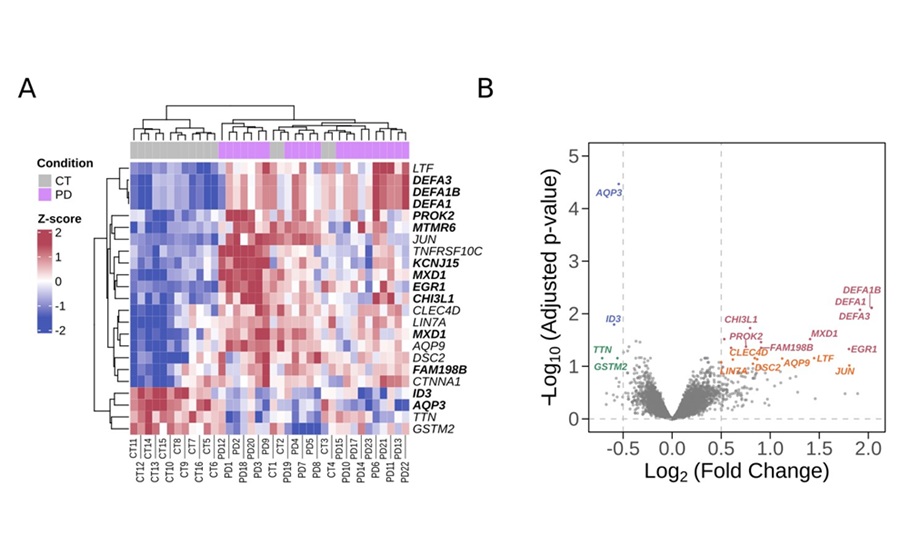
Blood Immune Cell Analysis Detects Parkinson’s Before Symptoms Appear
Early diagnosis of Parkinson’s disease remains one of the greatest challenges in neurology. The condition, which affects nearly 12 million people globally, is typically identified only after significant... Read moreHematology
view channel
ADLM’s New Coagulation Testing Guidance to Improve Care for Patients on Blood Thinners
Direct oral anticoagulants (DOACs) are one of the most common types of blood thinners. Patients take them to prevent a host of complications that could arise from blood clotting, including stroke, deep... Read more
Viscoelastic Testing Could Improve Treatment of Maternal Hemorrhage
Postpartum hemorrhage, severe bleeding after childbirth, remains one of the leading causes of maternal mortality worldwide, yet many of these deaths are preventable. Standard care can be hindered by delays... Read more
Pioneering Model Measures Radiation Exposure in Blood for Precise Cancer Treatments
Scientists have long focused on protecting organs near tumors during radiotherapy, but blood — a vital, circulating tissue — has largely been excluded from dose calculations. Each blood cell passing through... Read moreImmunology
view channel
Blood-Based Liquid Biopsy Model Analyzes Immunotherapy Effectiveness
Immunotherapy has revolutionized cancer care by harnessing the immune system to fight tumors, yet predicting who will benefit remains a major challenge. Many patients undergo costly and taxing treatment... Read more
Signature Genes Predict T-Cell Expansion in Cancer Immunotherapy
Modern cancer immunotherapies rely on the ability of CD8⁺ T cells to rapidly multiply within tumors, generating the immune force needed to eliminate cancer cells. However, the biological triggers behind... Read moreMicrobiology
view channel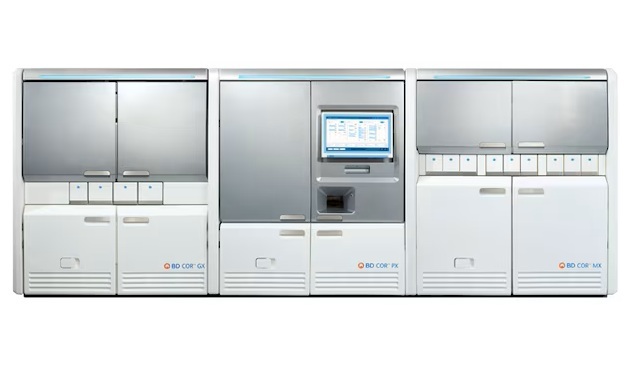
High-Throughput Enteric Panels Detect Multiple GI Bacterial Infections from Single Stool Swab Sample
Gastrointestinal (GI) infections are among the most common causes of illness worldwide, leading to over 1.7 million deaths annually and placing a heavy burden on healthcare systems. Conventional diagnostic... Read more
Fast Noninvasive Bedside Test Uses Sugar Fingerprint to Detect Fungal Infections
Candida bloodstream infections are a growing global health threat, causing an estimated 6 million cases and 3.8 million deaths annually. Hospitals are particularly vulnerable, as weakened patients after... Read moreTechnology
view channel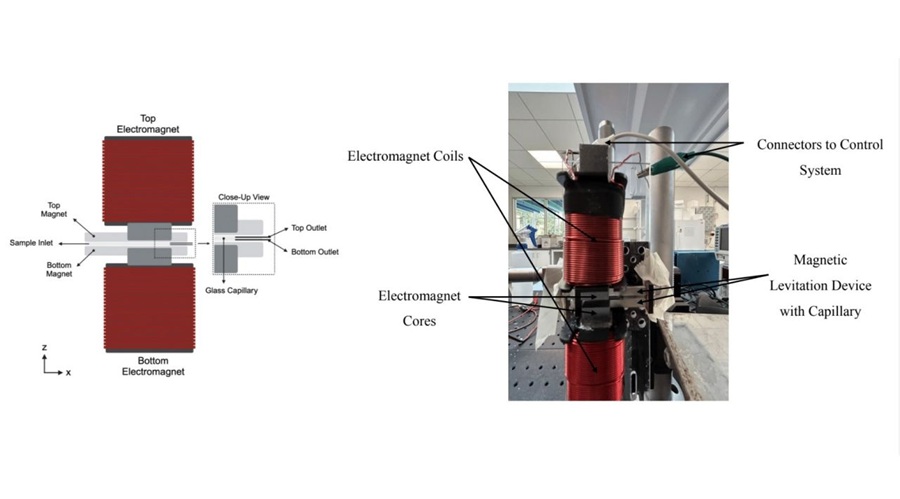
Cell-Sorting Device Uses Electromagnetic Levitation to Precisely Direct Cell Movement
Sorting different cell types—such as cancerous versus healthy or live versus dead cells—is a critical task in biology and medicine. However, conventional methods often require labeling, chemical exposure,... Read more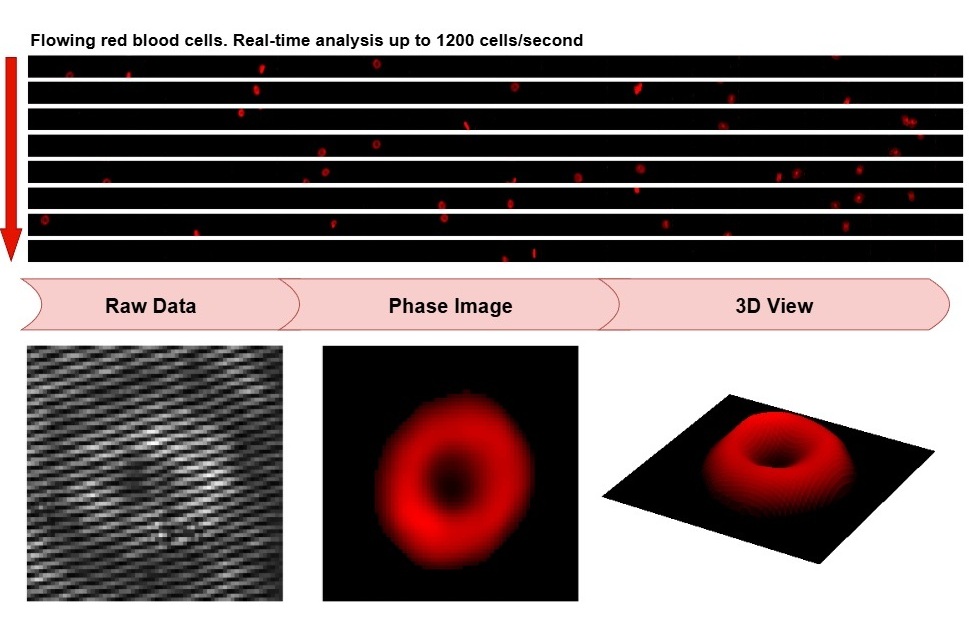
Embedded GPU Platform Enables Rapid Blood Profiling for POC Diagnostics
Blood tests remain a cornerstone of medical diagnostics, but traditional imaging and analysis methods can be slow, costly, and reliant on dyes or contrast agents. Now, scientists have developed a real-time,... Read moreIndustry
view channel
Qiagen Acquires Single-Cell Omics Firm Parse Biosciences
QIAGEN (Venlo, Netherlands) has entered into a definitive agreement to fully acquire Parse Biosciences (Seattle, WA, USA), a provider of scalable, instrument-free solutions for single-cell research.... Read more
Puritan Medical Products Showcasing Innovation at AMP2025 in Boston
Puritan Medical Products (Guilford, ME, USA), the world’s most trusted manufacturer of swabs and specimen collection devices, is set to exhibit at AMP2025 in Boston, Massachusetts, from November 11–15.... Read more
Advanced Instruments Merged Under Nova Biomedical Name
Advanced Instruments (Norwood, MA, USA) and Nova Biomedical (Waltham, MA, USA) are now officially doing business under a single, unified brand. This transformation is expected to deliver greater value... Read more